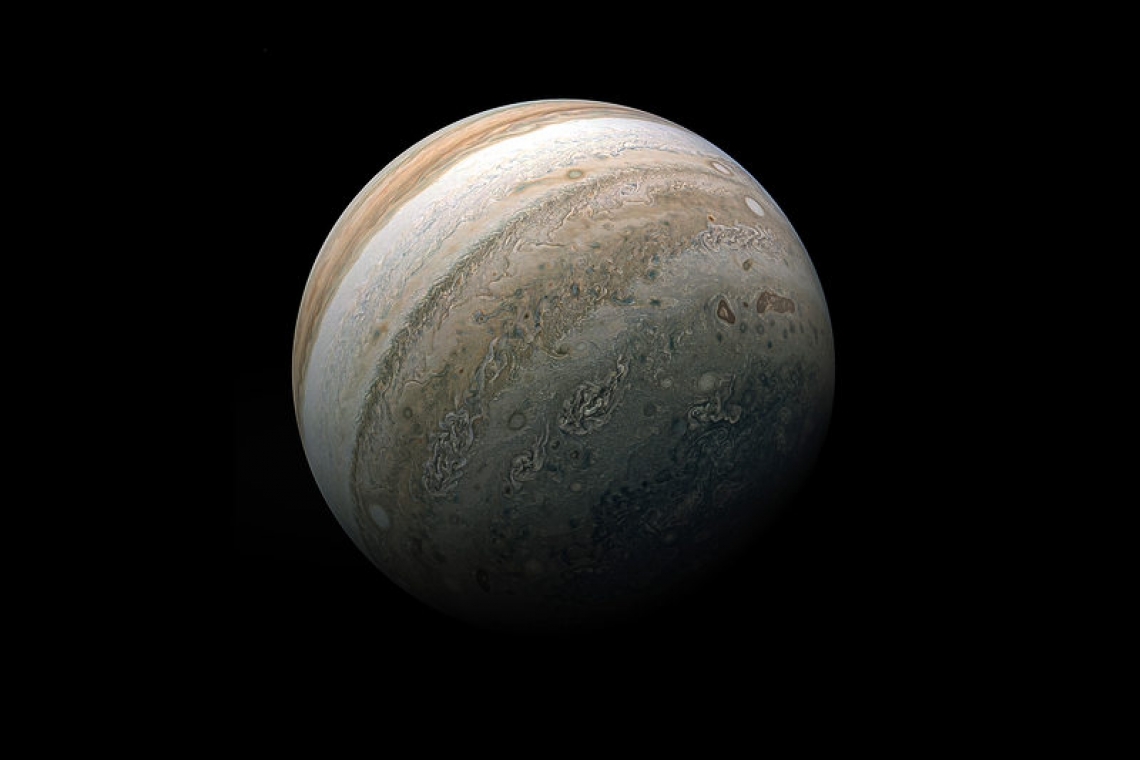~ St. Maarten’s Backyard Astronomy ~
Sun rises at 6:15am
Sun sets at 6:23pm
Lunar phase: third quarter, waning crescent
Moon rises: 4:45am, Saturday
Moon sets: 4:23pm, Saturday
The old folks used to say that March comes in like a lion and goes out like a lamb. They were talking about the weather, harsh end to winter and a mild beginning to spring. It was a pattern that was observed by our grandparents and their grandparents.
Generations that have preceded us had that constancy and predictability. But these days, we don't know if we will get the lion, the lamb or some other creature heading our way; we are living in the era of global climate change and those patterns seem quaint in retrospect.
Luckily, the stars are still there in their constant annual patterns. The stars, the moon and the sun give us the rhythm of our days, months and years, and so it shall be for generations to come.
And the lion is with us, Leo the Lion right on schedule in the eastern sky just after sunset. How can you find it? Leo is relatively easy to see. He is inclined at an angle with his head aimed up and to the right, his tail down and to the left. The front part of the lion looks like a backwards question mark, and the back part is a little triangle, which includes the star Denebola, marking the lion's tail.
Here's another method that may help you find Leo. As you dedicated Night Sky readers know how to use the pointer stars in the Big Dipper to locate Polaris the North Star, follow that same imaginary straight line, go southward instead of north, and you will come across the starry sky to find the constellation Leo.
Imagine that Leo is holding his tail out. In the place where you might see a “puff” at the end of the Lion’s tail, you’ll notice a fuzzy patch not too far away from Denebola. This is the constellation Coma Berenice, or Berenice’s Hair. The constellation Coma Berenice once was considered part of the constellation Leo.
In the constellation Coma Berenice is a jewel of star cluster known as the Coma star cluster. It's hard to see, but if you take an empty paper towel tube or roll up some dark paper into a tube and place it to your eye. The tube will shield your eye from the glare of any ground lights.
Binoculars or opera glasses will also lead to a better viewing experience. We included an image of the star cluster taken recently by the Hubble Space Telescope, and we could pass up the chance to share a brand new image of Jupiter just released by NASA, taken from the Juno Space Probe – glorious in all its detail.
Thank you for keeping up with the Night Sky articles. If you are out later on in the week, each star rises about four minutes earlier each day than written here, and the moon rises 50 minutes later. Night Sky is researched and compiled by Lisa Davis-Burnett. Earthsky.org is a key resource for information and images. Questions or comments? Email This email address is being protected from spambots. You need JavaScript enabled to view it.







